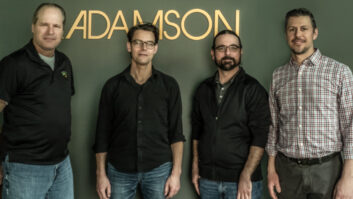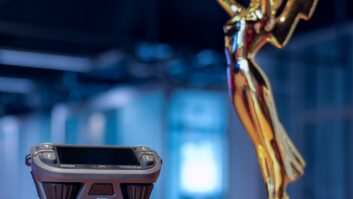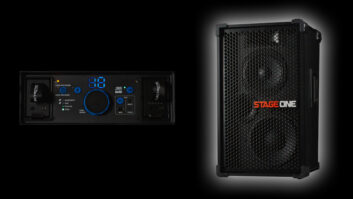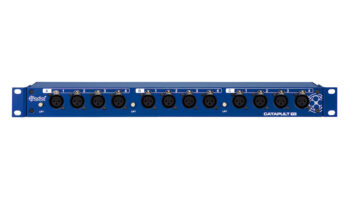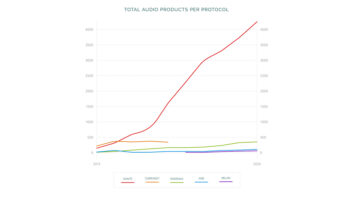
Have you ever wondered what it would be like to hear sounds through someone else’s ears?
When I introduce mic technology to my recording classes, I point out that the majority of the microphones we use in the studio are not designed to capture sounds with 100 percent accuracy. They often add or subtract something by highlighting or attenuating specific frequency ranges based on the jobs they were designed for. In short, mics are filters.
Seasoned engineers know this, and they select a mic for its particular sound color. Sometimes it’s used to capture certain elements of the source they find desirable, while other times it’s chosen because it downplays undesirable qualities in the source: If a singer has a nasal voice, the last thing you want is a microphone that highlights that aspect. So you pick one that mitigates it as much as possible, while enhancing the pleasing parts of the voice.
In essence, the engineer is lending the audience a special set of ears with which to hear the music.
CHAMBER MUSIC
When the topic of miking guitar amps comes up, invariably someone mentions the experiments of guitarist Jimmy Page, who specialized in non-standard guitar tones. One classic Page technique that is cited involves lowering a mic into a bucket in order to color the amp tone with the resonant characteristics of the metal container.
For a feature in last month’s issue of Mix, I interviewed a handful of engineers about unusual recording techniques and discovered that the concept of placing microphones inside resonant containers is alive and well. Although you could simply capture an impulse response of the container for use within a convolution reverb plug-in, that method doesn’t give you the variability in tonal quality and tuning provided by the physical object itself. For example, you can enhance or subdue specific harmonics depending on where the mic hangs in the resonant cavity. On a pure recording level, it makes more sense to capture an interesting sound at the source via mic choice and position than to stack up plug-ins in an attempt to approximate the effect while mixing.
This level of brute-force sound coloration reminds me of the pioneering work of composer Pauline Oliveros. When creating her tape pieces in the late ‘50s/early ‘60s, she used her bathtub as a reverb chamber and filtered sounds by placing mics inside cardboard tubes. Because pro-quality gear was prohibitively expensive for non-professionals in those days, budding engineers and musicians built their own equipment and found creative and affordable ways to explore sound.
Six decades later, there are thousands of plug-ins ready to mangle audio in every conceivable way, and pro-sounding hardware costs less and is easily accessible. Consequently, I find it fascinating that the DIY spirit has returned in full force to the recording world. Not only do I see more hot-rodded gear than ever in the studios I visit, I’m seeing young people build their own effects boxes and instruments with whatever skills they’ve gleaned from the Internet. These homebrew items range from high-fidelity amplifiers to shockingly lo-fi processors. And with the proliferation of affordable technology such as Arduino boards and SDKs for portable devices, we’ve reached a time when talented youngsters can produce their own high-tech, highly personalized tools. These are the Anakin Skywalkers of tomorrow’s music industry (hopefully without going to the Dark Side).
SPEED AND LIMITS
Yet, the ease with which we do things on a DAW today can lull us into thinking we’re tapping our creativity to its fullest potential. We forget that much of today’s technology was designed to simplify things or remove barriers. Back in the day, however, these barriers often kicked our butts into the creative space.
I believe that challenging yourself by narrowing your options ultimately inspires you to find interesting and unusual solutions that you wouldn’t have otherwise discovered, precisely because it makes it more difficult to get things done. A student asked me on the second day of class this semester how she could get an “old-school sound” when recording. No doubt she expected me to point to a classic mic or to a special plug-in bundle. Rather, I explained to her that she could start by confining herself to a couple of tracks on a linear recording device that offers only destructive editing capabilities, while severely limiting her mic and processor choices. And then she should give herself one day to make the record.
Limiting yourself like that isn’t just about re-creating the mojo of classic hit records. It is useful in every creative endeavor. While dealing with such challenges in the studio, you have a greater chance of coming up with sounds and ideas that no one has heard before—a chance to give the world something worth listening to through your ears.

